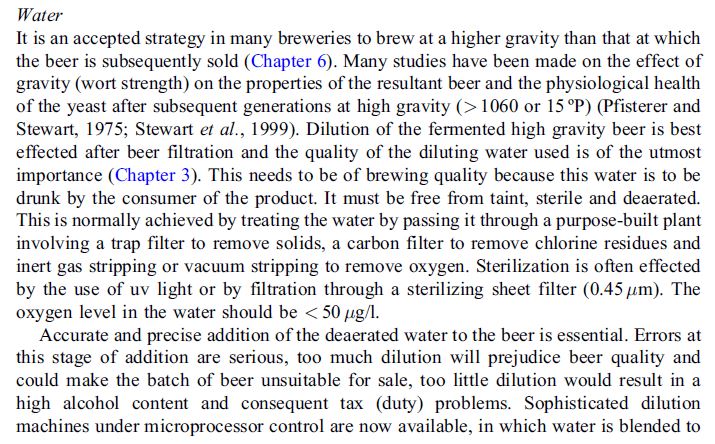Here is my Light Lager recipe.
Keeps my Father-in-Law happy and the day I bottle this beer I brew a bigger lager or a RIS and pitch the slurry.
This recipe originated from a BYO article for a Schlitz clone. I first brewed the partial mash recipe and then changed it to an all grain recipe. The partial mash recipe had the dextrose addition and I just left it since I do stovetop BIAB which allows me to reduce the grain volume.
I have brewed this recipe 4 times and have gotten consistent results with my OG and FG.
5.5 Gallon
4 lb. American 2-Row
3 lb. American 6-Row
1 lb. Flaked Corn
1 lb. Dextrose (late addition)
Single Infusion mash at 153 degrees for 1 hour
I use RO water with 0.25 tsp of Gypsum per gallon of mash water.
Liberty Hops for 17 IBU's at 60 minutes (Usually 0.95oz)
60 Minute Boil
OG 1.046
FG 1.009
4.8%
Yeast - 2 Packs of Saflager 34/70
Ferment at 55 Degrees
D rest at 65
Cold Crash to 40 for a few days. I don't need to fine this beer as it has always come out crystal clear.
I bottle my beer so after the cold crash, I bottle and let it carbonate for 3 weeks at 70. I use Northern Brewers Priming calculator and prime for 3Volumes. I then "bottle lager" in my fridge for a few weeks.
This beer made it to the second round of the 2015 Bluebonnet Brewoff. I know that other light beers use rice solids so you could substitute the rice solids for the flaked corn.




























































![Craft A Brew - Safale S-04 Dry Yeast - Fermentis - English Ale Dry Yeast - For English and American Ales and Hard Apple Ciders - Ingredients for Home Brewing - Beer Making Supplies - [1 Pack]](https://m.media-amazon.com/images/I/41fVGNh6JfL._SL500_.jpg)


